Babylonian Mathematics

Yale Babylonian Collection (YB7289) 1700 BCE
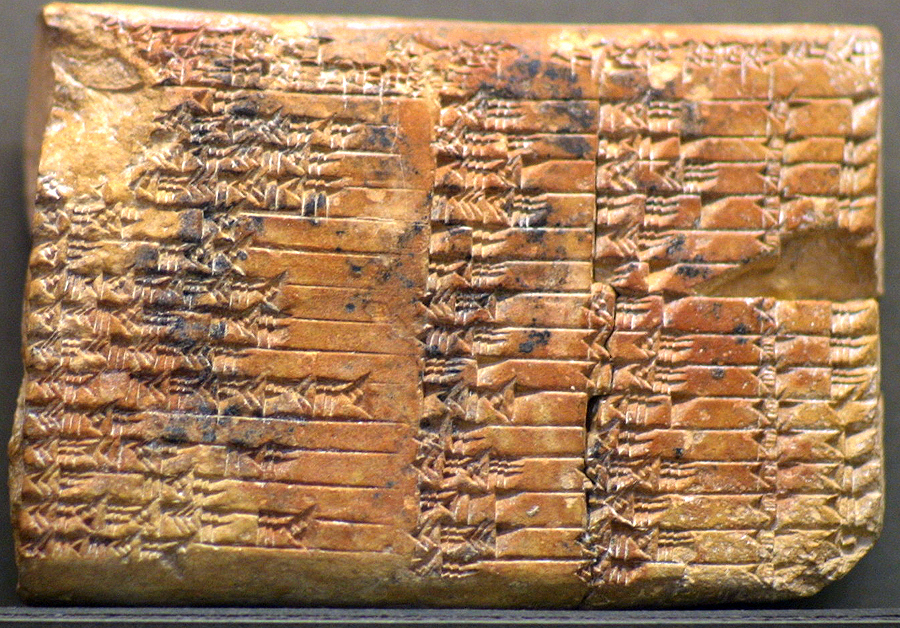
Plimpton 322 1800 BCE
Ahmes (~1680-1620 BCE in Egypt) and Ancient Egyptian mathematics
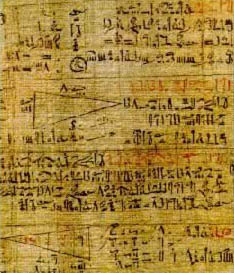
Rhind Papyrus
Accurate reckoning: the entrance into knowledge of all existing things and all obscure secrets.
Quoted in A B Chase, Rhind Mathematical Papyrus (Reston Va. 1967)

Rhind Papyrus
Chinese Mathematics
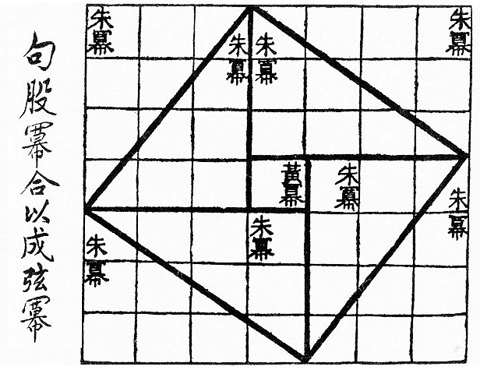
The 'hsuan-thu' [Zhou Bi Suan Jing (1046-256 BCE with commentary added in 263)]
Baudhayana (8th century BCE in India) and Ancient Indian Mathematics
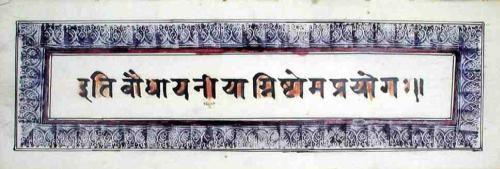
Baudhayana Sulba Sutra
 Hayashi, Takao (2005), "Indian Mathematics", in Flood, Gavin, The Blackwell Companion to Hinduism, Oxford: Basil Blackwell, 616 pages, pp. 360-375, 360-375, ISBN 9781405132510.
Hayashi, Takao (2005), "Indian Mathematics", in Flood, Gavin, The Blackwell Companion to Hinduism, Oxford: Basil Blackwell, 616 pages, pp. 360-375, 360-375, ISBN 9781405132510.
African geometry is filled with symmetric and geometric figures.
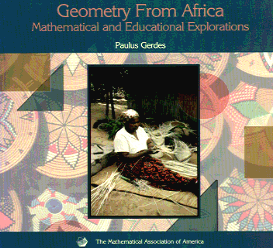
Hunter-gatherers of the Kalahari desertin southern Africa learned to track animals by the shape of their footprints and dropping - what animal passed by, how long ago, if it was hungry or not, etc.
Liebenberg, p. 45,in 1990, concludes that this type of science may have been practiced long ago
Euclid of Alexandria (~325-265 BCE) Ancient Greek Mathematics
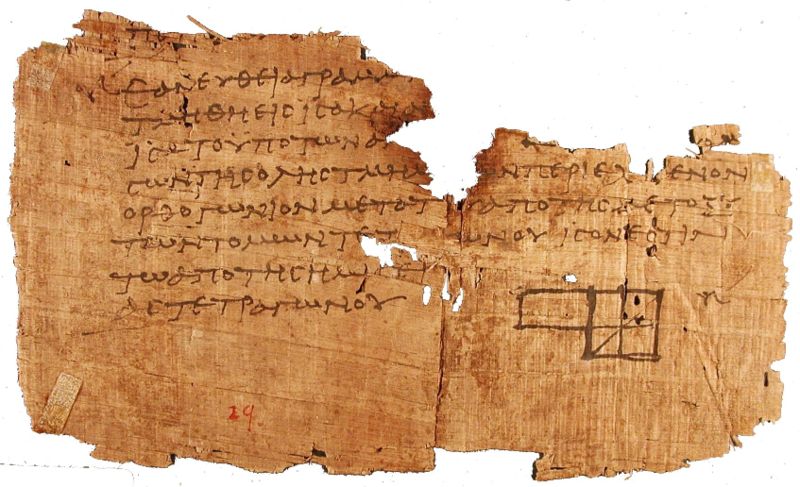
(75-125)

(1274)
The laws of nature are but the mathematical thoughts of God.
Mathematical Journey by Stanley Gudder (p. 112)
They say that Ptolemy once asked him if there were a shorted way to study geometry than the Elements, to which he replied that there was no royal road to geometry.
Proclus Commentary on Euclid's Elements, book ii. chap. iv. 450 AD
Eratosthenes of Cyrene (now Shahhat Libya) 276-194 BCE
33353.jpg)
A 19th century reproduction of Eratosthenes' map of the world [Jeananda, Col. Enchanted Learning. 2005. 3 Mar. 2005 http://www.enchantedlearning.com/africa/egypt/outlinemap/]
Thus may it be, and let any one who sees this offering say "This is the gift of Eratosthenes of Cyrene"
From a column at Alexandria with an epigram [T L Heath, A History of Greek Mathematics (2 vols.) (Oxford, 1921)]
Mayan Mathematics - they made remakable and accurate astronomical measurements. Here is a resource on Maya Geometry in the Classroom:

Abu Arrayhan Muhammad ibn Ahmad al-Biruni (973 - 1048 in Uzbekistan and Afganistan) and Arabic/Islamic Mathematics
The chronology of ancient nations and their history Edinburgh University Library MS 161: 1307-8
The number of sciences is great, and it may be still greater if the public mind is directed towards them... when people not only honor science itself, but also its representatives. The present times, however, are not of this kind. They are the very opposite, and therefore it is quite impossible that a new science or any new kind of research should arise in our days. What we have of sciences is nothing but the scanty remains of bygone better times.
Alberuni's India, by Edward C. Sachau, 2 vol. Kegan Paul, Trench, Trubner and Co Ltd., London. 1910
He found the radius of the earth to be 6339.6 km, a value not obtained in the West until the 16th century. He used height of a mountain, the angle with the horizon, and the law of sines.